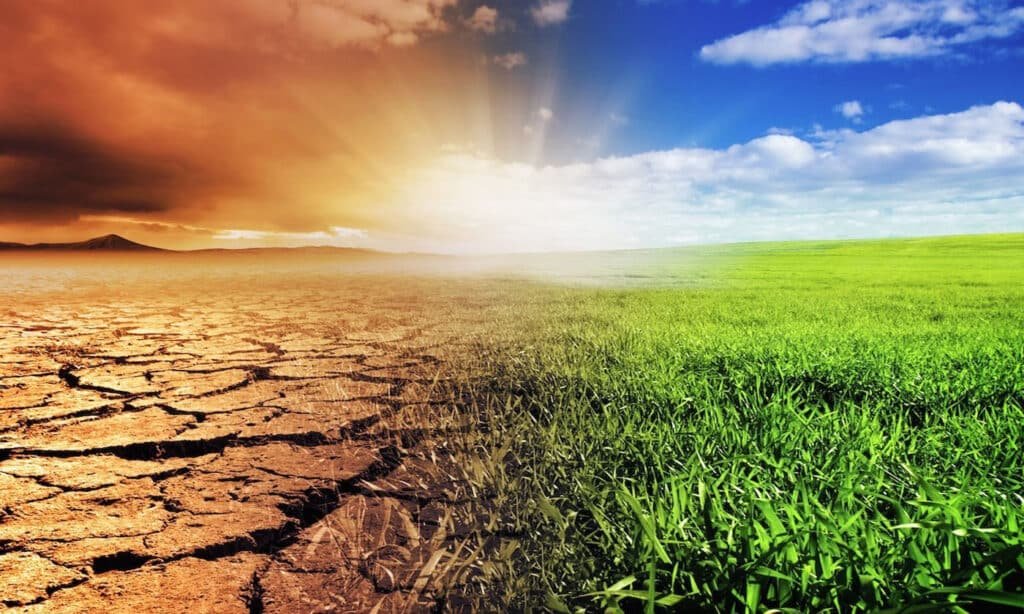A Future Arrived: The Climate Reality of Gilgit-Baltistan and KPK in 2025
The year 2025 in the mountainous north of Pakistan is not defined by a single, cataclysmic event, but by the relentless grind of a climate that has fundamentally broken from its historical rhythm. The warnings of climatologists from years past are no longer future projections; they are the lived, daily reality for millions in Gilgit-Baltistan (GB) and Khyber Pakhtunkhwa (KPK). The region is caught in a fever dream of extremes, swinging violently between too much water and not enough, fundamentally reshaping life, land, and livelihood.
Gilgit-Baltistan: A Landscape at War with Itself
In 2025, the silent retreat of the glaciers has become an audible roar. The iconic ice fields of the Karakoram, which once acted as stable regulators of the Indus River, are now sources of profound instability. The primary threat is the proliferation of Glacial Lake Outburst Floods (GLOFs). Early-warning systems, though improved, are struggling to keep pace with the formation of new and often undetected glacial lakes. For communities in valleys like Hunza, Ghizer, and Shigar, a warm spring day is no longer a welcome sign of life but a source of deep anxiety, as the sun’s heat could trigger a deluge from the peaks above.
The economic toll is staggering. The Karakoram Highway (KKH), the region’s lifeline, faces near-constant disruption. What used to be seasonal maintenance has become a year-round battle against landslides and bridge washouts. A single major flood, like the one that threatened the Hassanabad bridge in 2022, is no longer a once-in-a-decade event. In 2025, such incidents are a recurring theme, severing supply chains, crippling the vital tourism industry, and isolating entire districts for weeks at a time.
The paradox of water is felt acutely. While summer brings the terror of floods, the shrinking glacial mass means reduced water flow in the critical planting seasons of spring and autumn. Farmers who have cultivated terraced fields for generations are now watching their apricot orchards and potato crops wither. This “feast or famine” water cycle is creating deep economic precarity, forcing a growing number of young people to abandon their ancestral lands in search of uncertain work in the cities downstream.
Khyber Pakhtunkhwa: The Unraveling of the Green Province
Further south in Khyber Pakhtunkhwa, the climate crisis manifests differently but with equal ferocity. The memory of the 2022 super-floods is no longer just history; it is a recurring nightmare. The monsoon season of 2025 is marked by its volatility, characterized by short, intense bursts of rain that the deforested hillsides and choked riverbeds cannot handle.
In the upper reaches of Swat, Dir, and Chitral, flash floods have become a terrifyingly common feature. These are not the slow-rising riverine floods of the plains, but violent torrents of water, rock, and mud that descend with little warning, sweeping away roads, schools, and small hydropower units that communities depend on. The scarred, treeless slopes are a testament to decades of deforestation, which has removed the natural defense against this erosion.
In the provincial plains and cities like Peshawar and Mardan, the crisis is one of heat and scarcity. The summer of 2025 is punctuated by prolonged, brutal heatwaves, pushing urban infrastructure to its limits and causing a public health crisis. The demand for water is outstripping supply as river flows become less reliable and groundwater levels plummet. For farmers in the agricultural heartland of KPK, the changing weather patterns have thrown crop cycles into chaos, threatening the food security of the entire province.
The Human Cost: A Widening Adaptation Gap
By 2025, it is clear that the scale of the climate crisis is outpacing the region’s capacity to adapt. While there are more government and NGO-led initiatives than before from community-based early-warning systems to the construction of flood-protection walls, they are reactive and under-resourced. The problem is no longer about preventing climate change, but about managing a state of permanent, rolling disaster.This new reality is fostering deep social and economic grievances. There is a growing sense of abandonment among communities who feel they are on the front lines of a global crisis but are left to face the consequences alone. The constant disruption and loss of livelihood are fueling a quiet but desperate migration from the mountains to the cities, placing further strain on already overburdened urban centers.
The situation in 2025 is a stark confirmation: for Northern Pakistan, the climate crisis is not a distant threat. It is the defining feature of daily existence, a force that is actively redrawing maps, dismantling economies, and displacing people. The crisis is no longer at the doorstep; it is inside the house.


